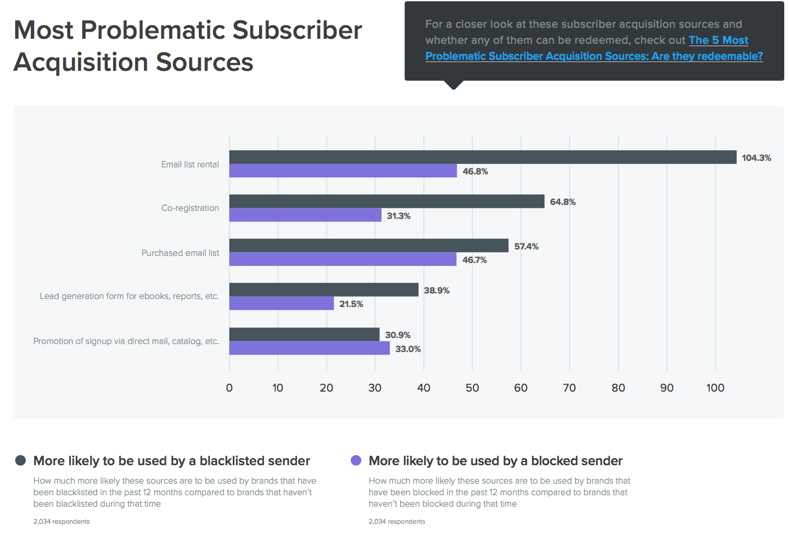2017 Deliverability Benchmark report
Return Path has released their 2017 Deliverability Benchmark Report. I haven’t had a chance to look at it, but did download it earlier today.
EContent has a summary of the article up, with the headline Research Finds Email Senders with Strong Subscriber Engagement Are Likely to See Less Email Delivered to Spam. Useful data points they pulled out include:
- The increase in spam placement is somewhat offset by the fact that consumers were more likely than ever to “rescue” wanted mail from the spam folder, as demonstrated by the significant year over year increase in the “this is not spam” rate (1.77% in 2017 versus 1.04% in 2016).
- Subscribers read email at a slightly lower rate than last year (21.5% in 2017, 22.2% in 2016), but mail that is ignored (or “deleted before reading”) was also slightly less common than a year ago (11.9% in 2017, 12.5% in 2016).

